Chinese Fried Chicken Necks And The Special Forces

By
Colonel Awadhesh Kumar, Veteran
Yesterday, I was reading an article, someone had written on the flourishing agricultural technologies developed for the cold deserts of Ladhak and being utilized extensively in the region.
In 1987 we had been airlifted to Leh, the entire Unit in one day, lock stock and barrel. Such demonstration of airlift could not have been missed by our “ friends “ who are still in illegal possession of parts of Union Territory of Ladakh.
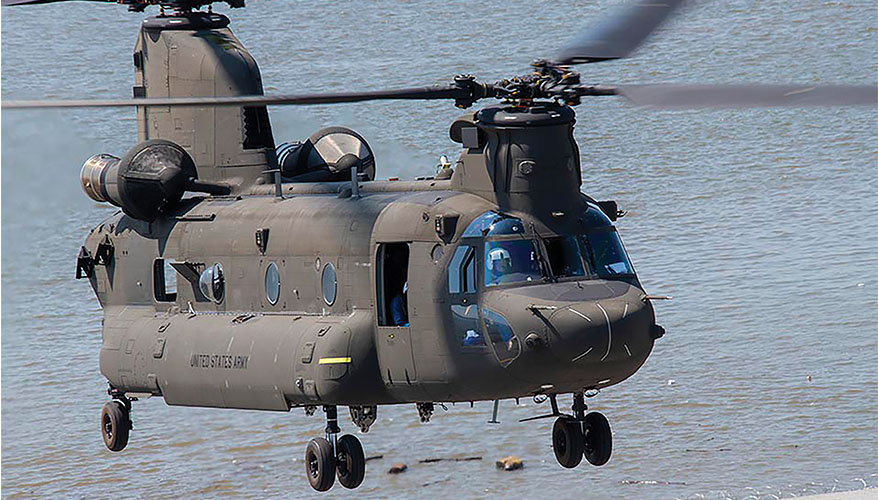
Today in the year 2020, together with C17s, IL76, C 130, AN32s, CH47 Chinook and MI17s our lift capability has certainly increased manifolds. So not only re enforcement can be air lifted to 14 Corps at short notice, but even freshest of vegetables can be supplied to them on daily basis.
This was not the case in beginning of 1987. Having arrived in Leh the first time, things looked so desolate and the cold was quite unbearable. Those days in Winter, Ladakh was something closest to an inhabited moon. On top of that you missed the fresh vegetables, tomatoes, Onions, Chicken and the most important of the things …the daily morning newspaper. All these things came, in a rationed manner, but only if the flights came generally IAF from Chandigarh and an odd Indian Airlines from Delhi direct or via Srinagar.
All flights were of course subject to clear skies and fair weather not only over Leh but also en route over the Himalayas. So the last thing you looked at night before going to sleep was the night sky and the first thing you looked at in the morning was the Sky again. An overcast sky meant no newspapers and only canned food for breakfast, Lunch and dinner. The most heartening sound early in the morning used to be the slow drone of the propeller driven An32s and AN12s and of course the whine of the mighty Ilushin jets was a thriller.
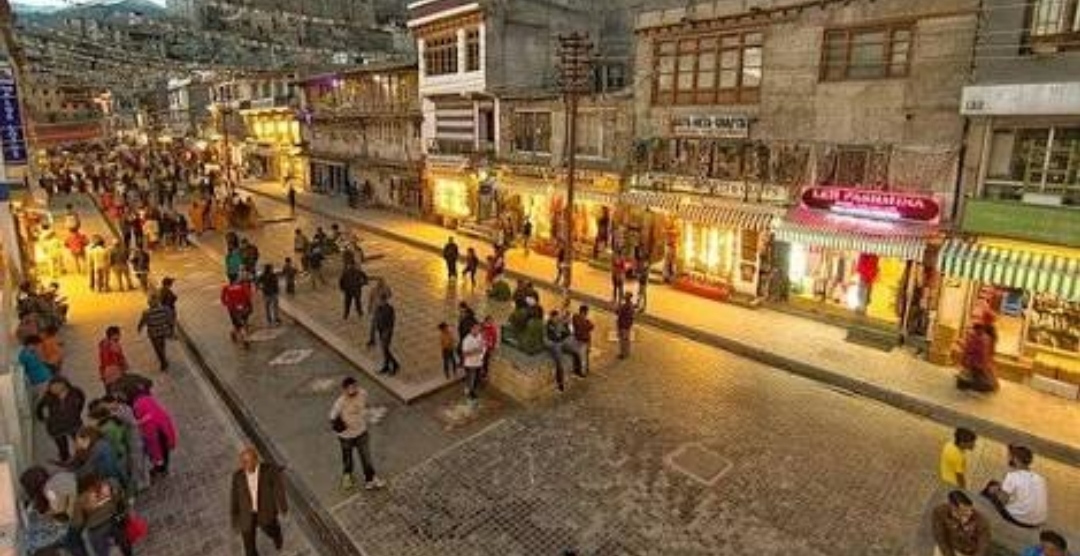
Even the Leh bazar had hardly any local vegetables or fruits to offer in the desolate winter months except a few weird looking kinds of root vegetables. Finding some fresh eggs or any Chicken was nearly out of question. Then to our surprise, very close to our location, we found a small military type establishment. On further interaction we found that it was a DRDO laboratory meant for agricultural research for high altitude areas. Over a cup of tea offered by the DRDO Scientist, we found that we belong to the same town, so he insisted and took us around his establishment. It was very educative tour and we were surprised to see the vast amount of research being done. There were many greenhouses big and small and they were growing a variety of vegetables under different controlled environment. There was a huge underground poultry farm too.
Needless to say, that with permission of the Second in Command, the two scientists there were immediately made honorary members of our field mess. Thereafter for the entire duration of our stay, we had 24×7 supply of fresh vegetables, eggs and Chinese Fried chicken Rice and Chinese Momos and the scientists enjoyed the daily Happy hour with the Special Forces.
Though in the end the Pakis once again escaped a bashing up in POK and the Chinese had not yet extended out their neck as they have done in Galwan now.
QI was back to Leh again after 8 years, to the same location, this time posted there to an outfit with one more F added. In fact our Unit location was further ahead at 15000 ft at Tangste and operational location on the now famous Pangong Tso itself.
So next day I paid a visit to the DRDO establishment. Of course my friend was not there but I was surprised to see that the establishment had not only grown in size but had done some transformational work. In fact the vegetables there itself could feed the Leh garrison for a few days in case the air link was disrupted due to any reason. I was also briefed on the latest position. The results were visible, when I visited Leh Bazaar in the evening. The markets were full of locally grown vegetables and the size of Cabbages, Cauliflowers, Carrots etc were phenomenal. The Leh area itself was full of popular and many other trees including apricots.
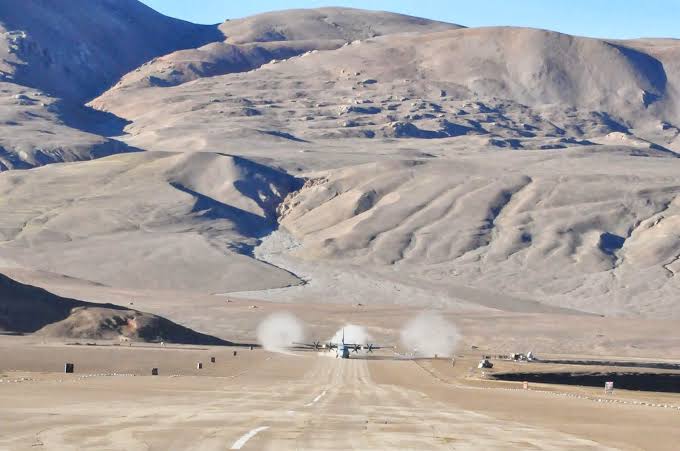
Next day, when I had gone to the Airbase to receive someone, the pilot of the incoming AN32 turned out to be a NDA friend. He borrowed my vehicle for a quick visit to Leh market. He was back in no time, laden with vegetables not only with those kinds ordered by his better half but also for all his neighbours. So the DRDO had turned the tables in under 10 years,amazing!!
In next few weeks, the Officers Mess of ours in Tangste near Darbuk, too had vegetable and flower beds seeded with all kinds of seeds and seedlings from DIHAR Lab including potted strawberries. We could relish a few of the vegetables but the rest had to be left behind when in October that year we had to leave for Siachen. In fact the green houses developed by DIHAR were seen by us in Thoise, Partapur, Shyok and even in the last village before Siachen base camp.
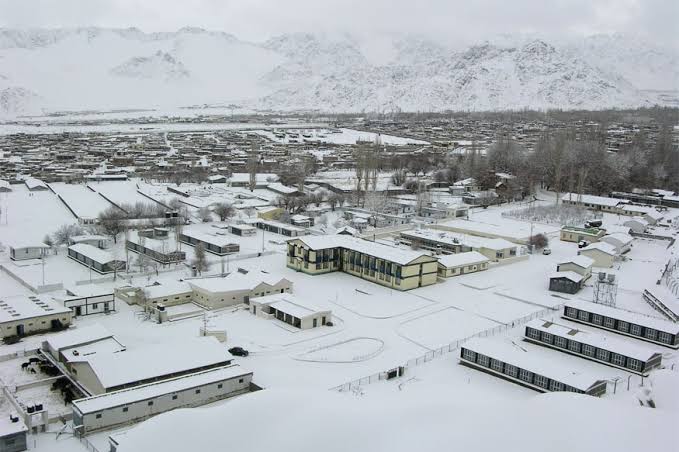
The DIHAR has managed to grow 101 different types of vegetables at its research station. Farmers in Ladakh have adopted technologies to grow 23 types of these vegetables and supply them to the army through the farmer’s cooperative society. Local farmers, presently, are able to meet 48 percent of the army’s fresh food requirement.

The Defence Institute of High Altitude Research (DIHAR), the DRDO lab based in Leh, has been researching to help the agro-animal development of the Ladakh region since 1980s. They have been providing training programs on the cultivation techniques and technologies developed for locals. Places such as Shyok, Karu, Darbuk, Tangtse and Demchok are now cultivating fruits and vegetables in abundance. The institute has helped to boost the local availability of fresh food which are now sold by local farmers to Army for supply to troops deployed in Ladhak Sector. This has benefitted both the locals and the Army.
The remote villages, where the DIHAR has been carrying out programmes, are also located close to key military bases towards the Line of Actual Control with China. This ensures that what is produced by farmers at these villages has a ready market as it can easily reach the troops in the freshest form. For instance, the villages, Shyok and Darbuk, are the main areas located on a 255-km road to Daulet Beg Oldie, which is 20 km south of the strategic Karakoram pass (that divides Ladakh from China’s Xinjiang province) and the location of an advanced landing ground. The areas are also located to the site of the over month-long confrontation between Indian and Chinese troops in Galwan Valley, Hot Springs and Pangong Tso.
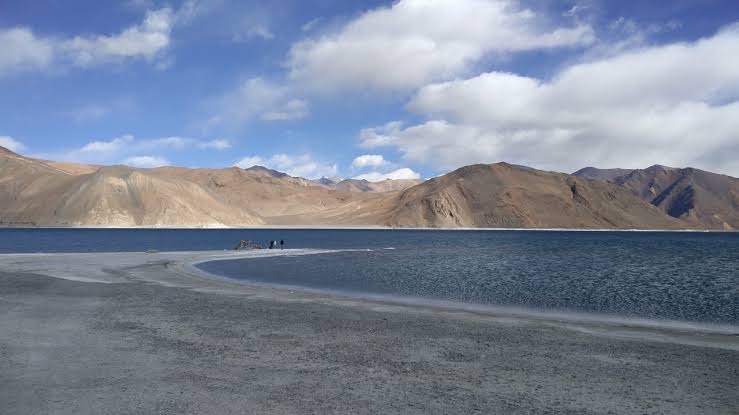
Water is a scarce resource in Ladakh, and so DIHAR has also done extensive studies on black plastic mulching (a protective covering spread on the ground to reduce evaporation and maintain even soil temperature), which has resulted in a two-fold increase in crops such as tomatoes and capsicum. Farmers in Ladakh are now extensively using this technique. The DIHAR has also introduced watermelon into the fields of local farmers. Last year, local farmers supplied 3.5 metric tons of the fruit to the army. The institute has also created a high-altitude survival garden to impart training to army and Central Police force the ITBP about survival and emergency food for use during patrolling and mountain warfare.
Close to the sites of the ongoing confrontation between Indian and Chinese troops in Eastern Ladakh, the Defence Research and Development Organisation has been researching and developing agricultural technologies for crop cultivation in the cold temperatures and high altitude areas in the region that have largely been adopted by border villages. The DRDO has also been helping the army, deployed in forward locations where accessibility is restricted, in using crop cultivation techniques suited for that environment to ensure a regular supply of fresh food.
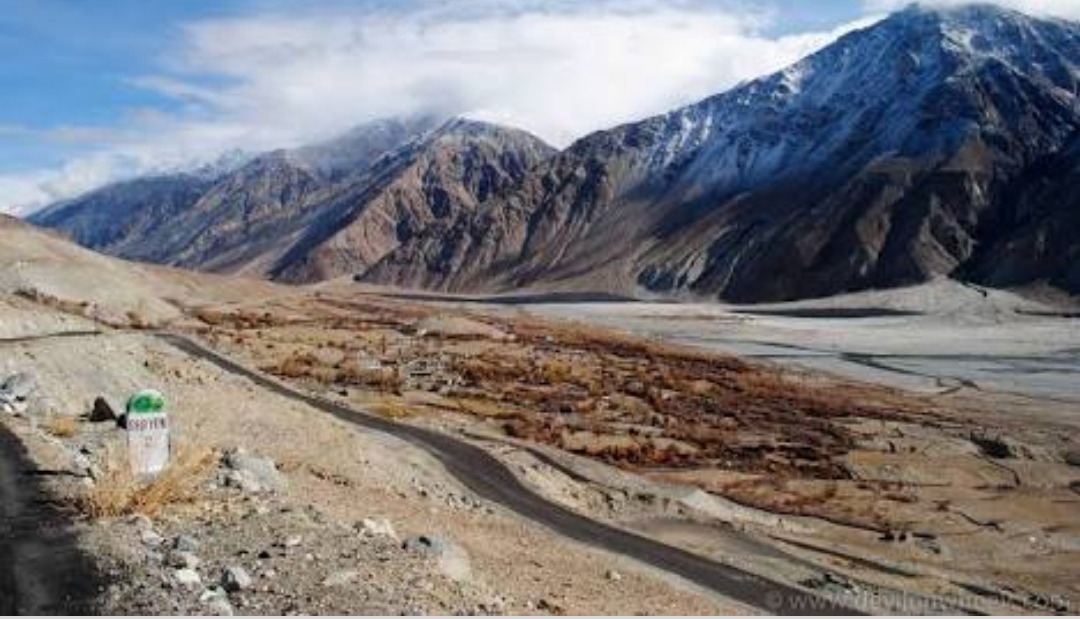
Villagers from Shyok are trained on different cultivation techniques at DIHAR’s branch in the Siachen sector, located north of the village. Greenhouse technologies developed by DIHAR have also been set up at Shyok. They were developed, because the fresh vegetables could not be grown in the open during winters in the region when temperatures dipped to -25 degrees Celsius. The lab developed the trench greenhouse for this purpose, which can be developed by locally available resources. “The technology has also been adopted by the defence forces, which over the last three years have established about 200 trench greenhouses at different locations along the border,” an official said on the condition of anonymity.
The DIHAR has developed the polyench greenhouse technology, which has been adopted by the State Agriculture Department, Ladakh Autonomous Hill Development Council (LAHDC), that provides 50 percent subsidy to farmers for adopting the technology. It has also developed an improved passive solar greenhouse named ‘Ladakh Greenhouse’ wherein the night temperature remains 8-12°C warmer as compared to traditional passive greenhouses. “For the three consecutive years DIHAR has demonstrated feasibility of growing tomato, cabbage, cauliflower and knol-khol even under sub zero conditions, which otherwise is not possible in conventional greenhouses. The technology has formally been transferred to UT Ladakh in 2019 for large scale adoption among farmers,” an official said, adding that the DIHAR has also submitted a report to the Union Territory of Ladakh on greenhouse technologies.
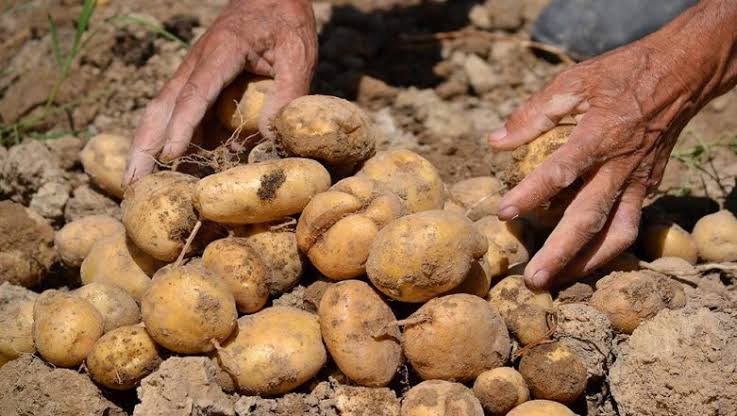
A net-zero energy based potato storage technology has also been developed. In Kinnaur district of Himachal, this method was being used since ages. It is an underground structure now further modified and streamlined. It caters to the army’s requirement of fresh potato supplies during the winters in remote corners of Ladakh. Officials said that with the help of this technology the army can meet their demands of the vegetable from local farmers. Earlier, there was not any cost effective storage technology for potatoes in Ladakh. Potatoes had to be air transported from Chandigarh during winters and sometimes during summers to cater to the army’s demand.
The institute has installed greenhouses for vegetable production throughout the year at remote army posts, which are not easily accessible by vehicles and therefore regular supply of fresh vegetables is affected. It has also been conducting regular training for army personnel on agro-practises for these greenhouses. I wish during my nine months tenure in Siachen, this had been there. We would have turned the base camp into a vegetable garden.




